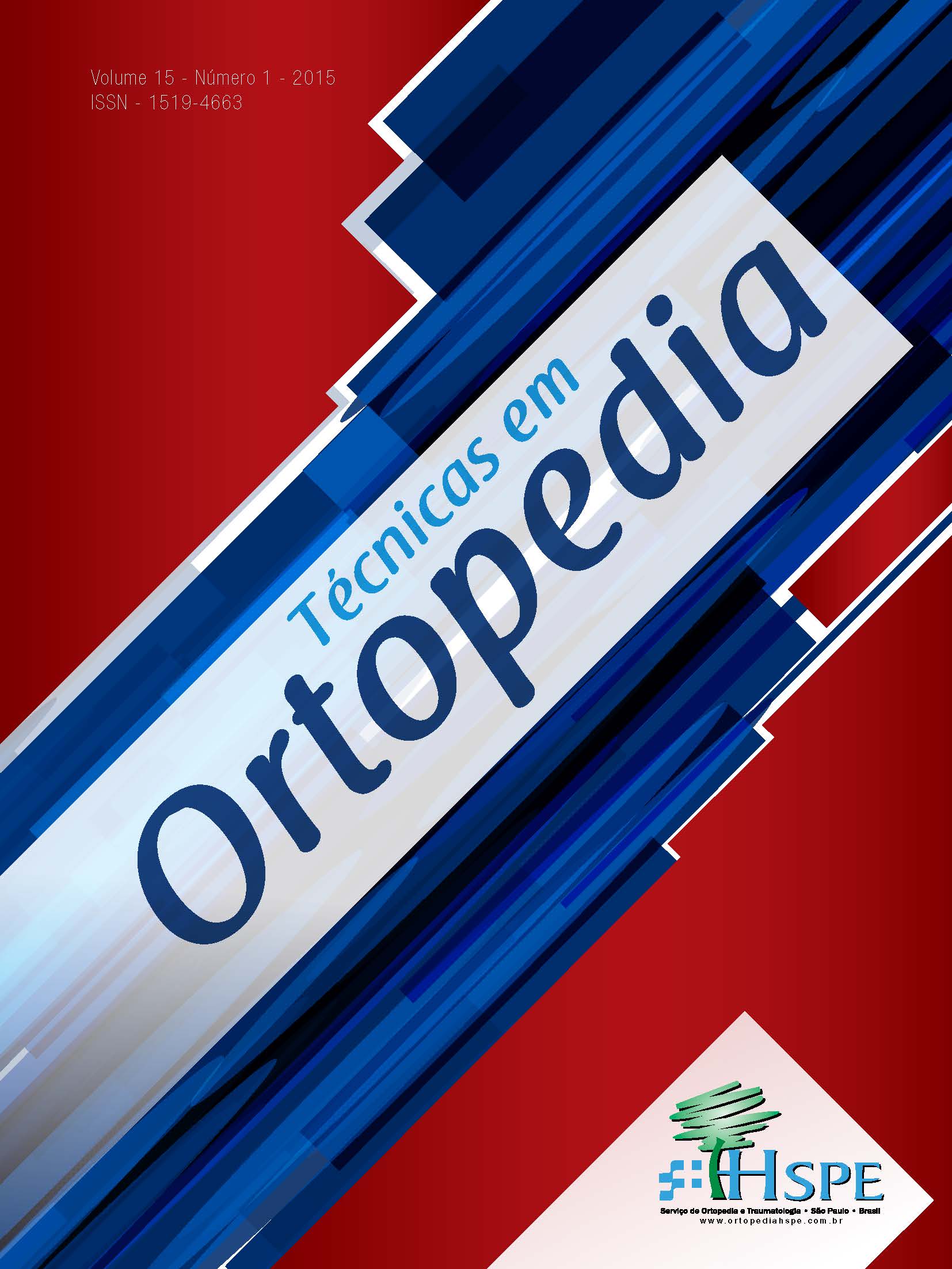Correção de curva de alto grau na escoliose idiopática do adolescente
cirurgia estadiada
Keywords:
Scoliosis, Adolescent, Posterior vertebral column, Spine/surgeryAbstract
Female, 14-years-old patient complaining of toracic deformity, without pain and functional limitation. Start of the deformity at age 8. At physical examination severe deformity was noted in torso. In the radiographic examination showed proximal thoracic curve with 44º (T1-T5), main thoracic with 124º (T5-T11) and lumbar with 57° (T12-L4). X-rays images with lateral inclinations showed correction 32º, 126º e 144º, respectively. There was a kyphosis in sagittal plane (T4-T12) of 62°. According to the Lenke classification we considered a type 4B+ and according to King-Moe classification the deformity is type II. The treatment plan was posterior instrumentation and arthrodesis of T3-L4, with osteotomy type VCR (“Vertebral Column Ressection”) of T8. Two-phase surgery was performed and in the first-phase was accomplished the instrumentation of T3-L1, bypassing T8 (VCR) and, with the placement of a temporary stem for segment stability. There was correction for T1-T5: 40° (44°), T5-T11: 73° (124°), T11-L4: 52° (62°). Thus, we decided for a change in surgery planning with the performance of multiple osteotomies in posterior column, due to the good result of the first correction. The final result showed correction for 45° between T5-T11, representing a decrease on initial curve of 69% and 18º between T11-L4, 29% of initial. We conclude that two-phase surgery and placement of a temporary stem we can gain a better understanding of the curve and being able to perform a specific treatment for each case.
Downloads
References
MacLennan A. Scoliosis. Br Med J. 1922;2:865-6.
Suk SI, Chung ER, Lee SM. Posterior vertebral column resection in fixed lumbosacral deformity. Spine (Phila Pa 1976). 2005;30(23):E703-10.
Suk SI, Kim JH, Kim WJ, Lee SM, Chung ER, Nah KH. Posterior vertebral column resection for severe spinal deformities. Spine (Phila Pa 1976). 2002;27(21):2374-82.
Lenke LG, O’leary PT, Bridwell KH, Sides BA, Koester LA, Blanke KM. Posterior vertebral column resection for severe pediatric deformity. Spine (Phila Pa 1976). 2009;34(20):2213-21.
Buchowski JM, Skaggs DL, Sponseller PD. Temporary Internal distraction as an aid to correction for severe scoliosis. J Bone Joint Surg Am. 2007;89 (Suppl 2 Pt.2):297-309.





